Custom Aluminum CNC Machining
Get custom aluminum parts within 1 day.
- 17+ Years of Aluminum Machining Expertise.
- Free Design and Provide Solutions.
- No Minimum Order Quantities, ≥1.
- T1 Samples as Fast As 1 Day.
- Secondary Finishing.
- 100% Quality Guaranteed.
- All uploads are secure and confidential.
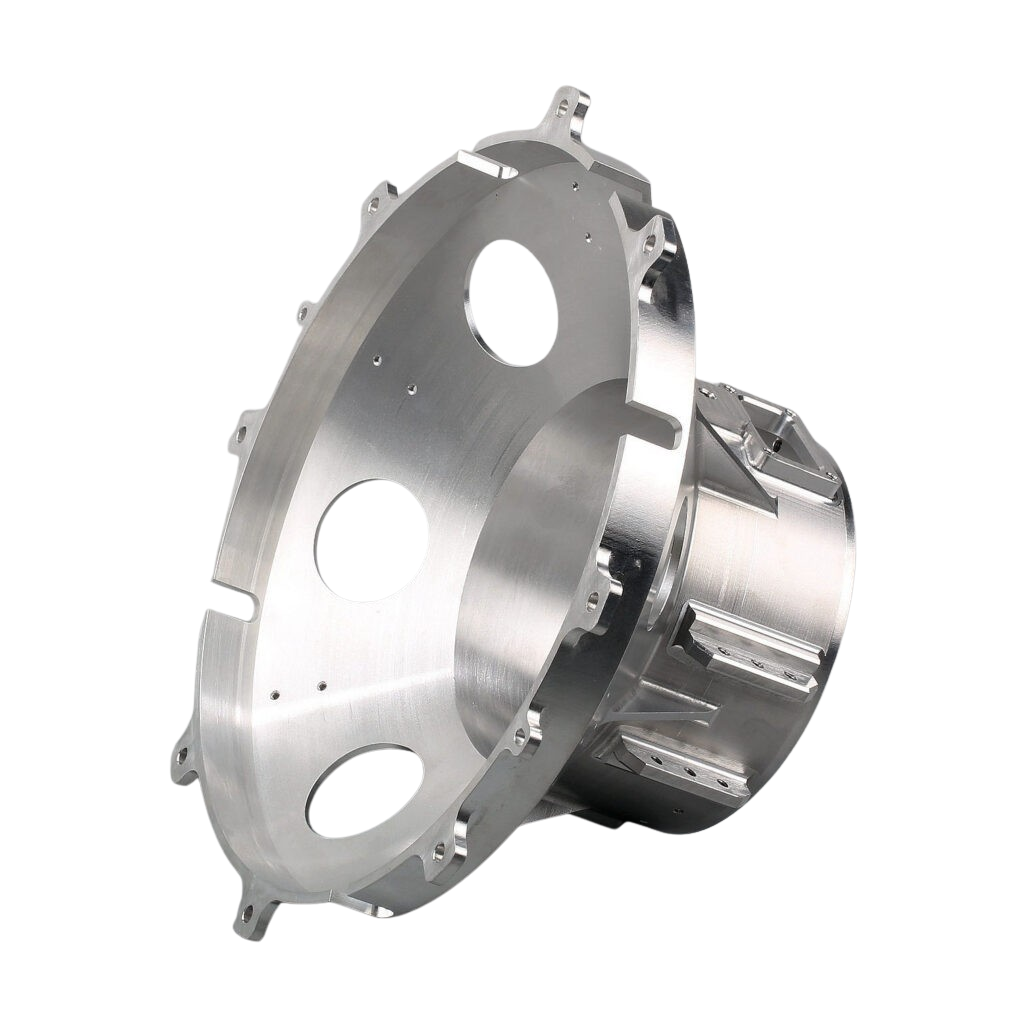
- All uploads are secure and confidential.
Completed operations include milling, slotting, drilling, tapping, counterboring, chamfering, threading, knurling, brazing, grooving, trimming, and nickel plating.
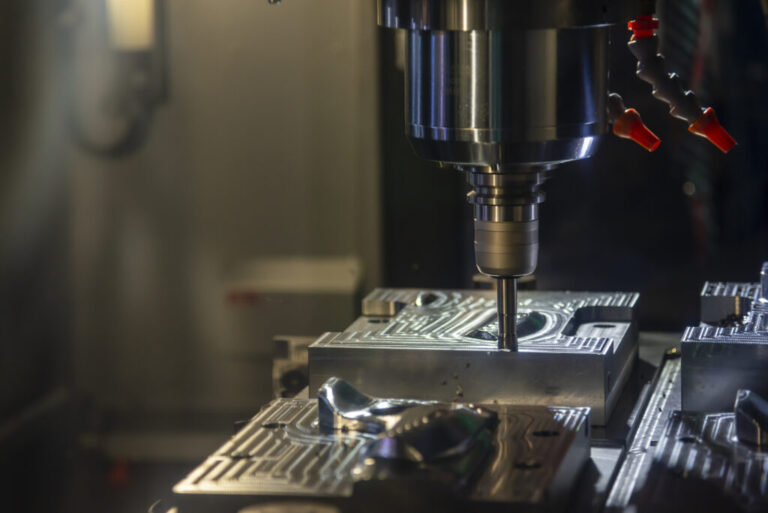
3-Axis CNC Milling
It is a process where 3 axes are shifted at once unless the intended product is achieved. Generally, it shifts up and down and from side to side as well as in the through thickness direction. In effect, it is one of the rudimentary processes of machining that is useful for making relatively less complex and simple forms.
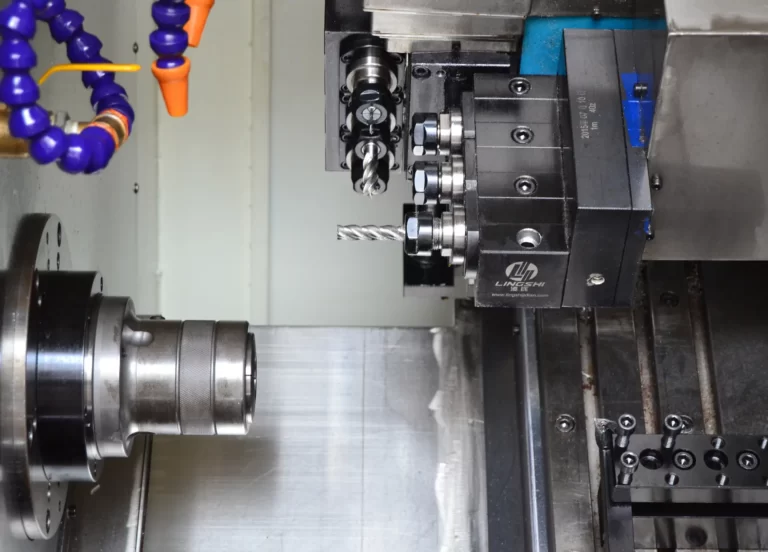
4-Axis CNC Milling
This type of CNC milling utilizes four boundary dimensional linear axes to fabricate a part, with the desired size and profile, while machining a product with the four axes. In other words, various configurations in the form of the X, Y, Z, and A axes are performed simultaneously to meet operations.
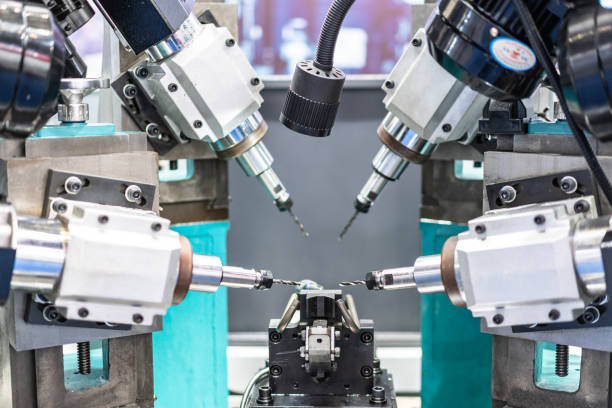
5-Axis CNC Milling
5-axis milling the functional axes are identified as X, Y, Z, A, and B. A single-step machining requisite makes it popular among the users. Besides, it is the most developed milling process essential in the production of complicated products like chirurgical imitation bones, titanium scrapings, aerospace industry, and other architectural parts.
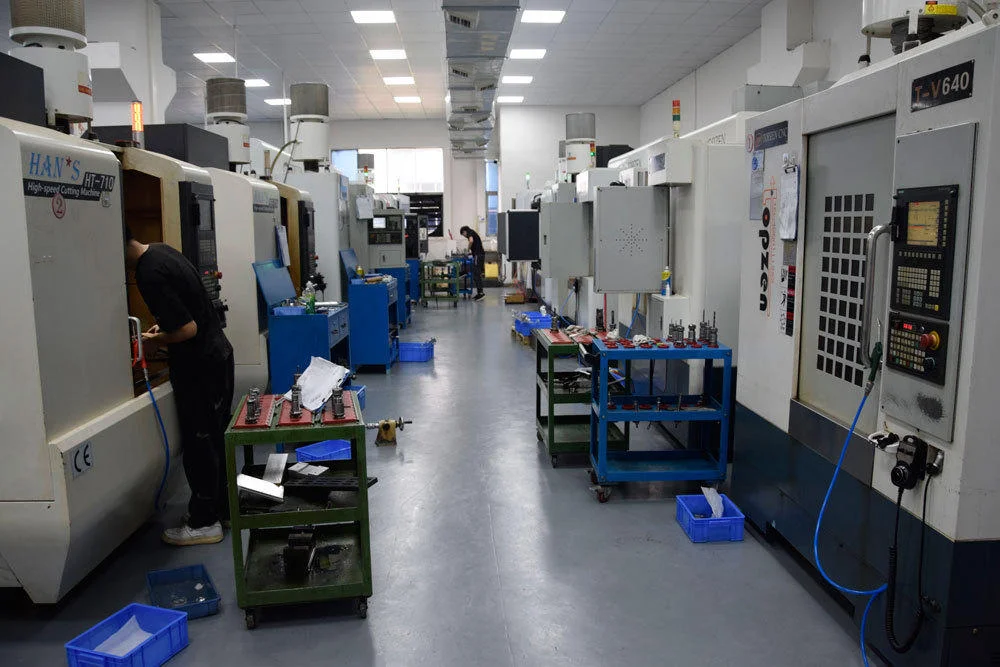
Custom Aluminum CNC Machining
At GY Machining, we specialize in transforming aluminum into high-performance components. Aluminum’s exceptional strength-to-weight ratio and excellent machinability make it a preferred material for industries where lightweight durability is critical. Leveraging our advanced CNC technology and deep engineering expertise, we deliver more than just parts—we deliver solutions that drive innovation and reliability.
Aluminum Properties
We offer solutions to your CNC problems, no matter the scale. With our experience, our engineering team will work with you to meet your deadlines and keep costs down.
Our long-term objective of the relationship with clients is always the main goal, and the best way to achieve this goal is by providing goods of high quality at fair prices.

We carry two grades of aluminum for CNC machining:
Aluminum 6061
Strong & Lightweight: Perfect for parts that need durability without added weight.
Easy to Machine: Cuts smoothly, saving time and tool wear.
Resists Rust: Handles moisture and harsh environments well.
Versatile Finish Options: Anodizes, paints, or polishes beautifully.
Cost-Friendly: Balances performance and affordability for most projects.
Ideal for automotive, aerospace, and custom prototypes!
Aluminum 7075
Super Strong: Perfect for parts that need to handle heavy loads or stress—think aerospace or high-performance gear.
Lightweight: Cuts down on weight without sacrificing durability, great for moving parts or transport applications.
Easy to Work With: Machines smoothly (no weird surprises) and hold sharp details, saving time and tool wear.
Tough Against Wear: Holds up well in rough conditions, especially when treated with coatings like anodizing.
Cost-Smart: Delivers premium performance without breaking the bank, ideal for prototypes or production runs.
Compare Aluminum 6061 and Aluminum 7075
| Aluminum Grade | Temper | Ultimate Tensile Strength | Elongation | Hardness |
|---|---|---|---|---|
| Aluminum 6061 | T651 | 45 kpsi | 17% | 60 HRB |
| Aluminum 7075 | T651 | 83 kpsi | 11% | 87 HRB |
Surface Finishing
We offer a wide range of surface finishes applicable to plastics and metals.
This is the standard choice, economical and rapid; the parts’ surface will leave visible machining marks. The surface finish is equivalent to 3.2RA μm (125 RA μin).
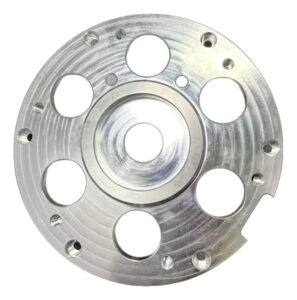
Bead blasting is the process of spraying abrasive on the surface of parts under high pressure, after sandblasting, the metal parts have a satin texture or frosted surface, eliminating the processing marks.
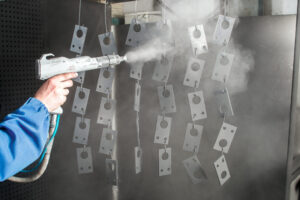

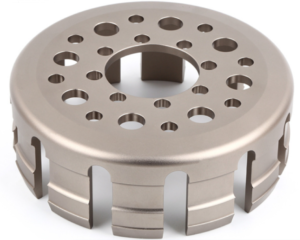
Anodizing is an electrochemical process that converts the metal surface into a decorative, durable, corrosion-resistant, anodic oxide finish. To improve the wear resistance and retain the metal texture and luster.
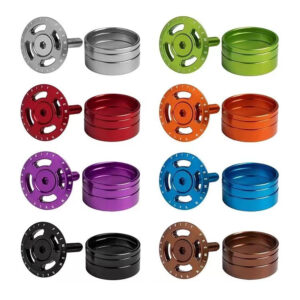

The black oxide is a chemical conversion coating, it is produced by a chemical reaction between iron and oxide salt in black oxide solution. The corrosion resistance of parts can be improved after black oxidation. Usually for iron, stainless steel parts.
High glossy black / matte black.
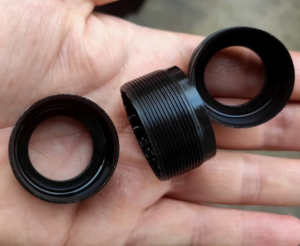
Gallery of CNC Machined Parts
We picked out some of projects we’ve done before, not only these, but more…
Frequently Asked Questions (FAQ)
What is the best aluminium for CNC machining?
The CNC (Computer Numerical Control) machine works on a computer program; it can take between prototyping to full item production. The most obviously machined material is aluminum which has excellent machinability itself that makes it the preferred one in perspective to any manufacturing as a whole.
What is the best aluminium for CNC machining?
For CNC machining, there are five standard aluminum alloys – 7075, 6061, 6262, and the two subject of this poster a213 and Au4g; they cover almost all requirements for mechanical credits but optimization on both sides explains some differences in results. Each alloy has its advantages and drawbacks and no single one is suitable for every part. We’ll break down a few of the main differences in each alloy and help you determine which to use for your next project.
Is CNC aluminum safe?
Machining materials such as 6061,6075 etc aluminum and PVC, Delrin or similar (HDPE/LDPE) are can be machined with this material without any security concerngorithmitis. NOTE: Metal particles are RAZOR SHARP – exercise caution against slicing into your finger. Aluminum particles (“dust”) – as can other metals, could potentially be flammable. Broom and vacuum particles – stop breathing on it!
What are the methods of machining aluminium?
There are also many forms of machining technologies and methods, such as CNC Machining, Swiss Screw Machines, Vertical & Horizontal Milling Centers and Electrical Discharge (EDM)
How fast is CNC aluminum?
Aluminium is cut at similar cutting speeds as wood, 300-600 meters per minute (using a carbide-tipped tool). However, unlike wood the right feeds and speeds for your setup will live in a much narrower band. Aluminium machining often involves high speeds due to its lower tensil strength.
What is the minimum thickness for machining aluminum?
What is the thinnest aluminum part you have poured: 1.00 mm wall thickness 2. cnc machining aluminum the thinest part 0.20mm wall thickness.
How do you clean CNC Aluminium?
To start, you might clean the stain with some warm water and a mild detergent. If this doesn’t do it you could try a splash of white vinegar or lemon juice to help cut the oil. Commercial degreaser, or Aluminum cleaner (optional also).
Q: What materials can be CNC machined?
- STM1325 4×8 CNC Router.
- STM1325-R3 4×8 CNC Table Kits with Rotary 4th Axis at Front.
- STM1325-2 Dual Spindles CNC Machine.
- STM1325D 4×8 ATC CNC Router Table with Automatic Tool Changer.
- STM2040-R1 6×12 CNC Table with 4th Rotary Axis at Side.
- 4 Axis CNC for Aluminum.
- 5 Axis CNC for Aluminum.
What is the best tool for machining aluminum?
Machining Tools : End mills The most common between them is the end mill cutter. They are available in many different sizes, shapes and flute counts (as well as materials and coatings) which makes them very versatile. In the case of aluminum, you can get a good foothold with ⅜”, ¼” and down to probably an ⅛” end mill.
Which aluminium sheet is best for machining?
Universal among all machinable alloys is aluminum 6061, in sheet plate and extrusions; Aluminum 6061 is one of the best aluminum alloys that can be machined in its sheet metal form. It is commonly used in metal fabrication including aerospace applications.
Get A Quick Quote
We always insist on high quality and cost-effective products, contact us today to get an accurate quotation.
